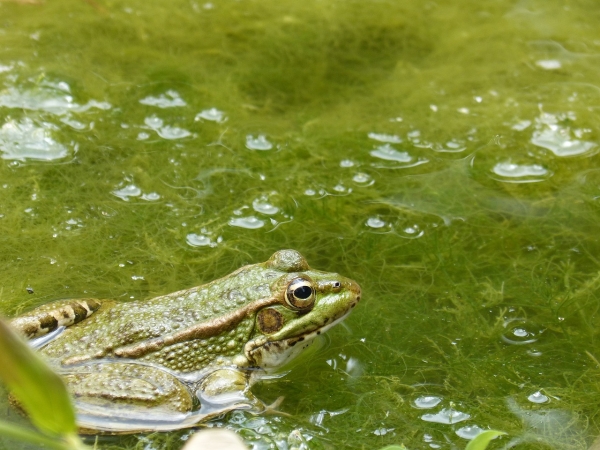Cyanobacteria – also called blue-green algae – are known as the “plants of the ocean” because they carry out photosynthesis on a gigantic scale, produce oxygen and extract the greenhouse gas CO2 from the environment.
Cyanobacteria – also called blue-green algae – are known as the “plants of the ocean” because they carry out photosynthesis on a gigantic scale, produce oxygen and extract the greenhouse gas CO2 from the environment. However, to do this they need additional nutrients such as nitrogen. A team headed by biologist Prof. Dr Wolfgang R. Hess, Professor of Genetics at the University of Freiburg, has discovered a previously unknown gene that plays a key role in the coordination of the nitrogen and carbohydrate metabolism: with it, cyanobacteria indirectly regulate the growth of microorganisms that promote photosynthesis. “Our work shows that there are numerous previously unknown interdependencies even between the smallest organisms in the environment and that many previously unknown genes play a part in this,” says Hess. The results have been published in the science journal Nature Communications.
Balance Between Primary Nutrients
The amounts of carbon (CO2) and nitrogen available for plants, algae and cyanobacteria are not always the same. For photosynthesis, a physiologically relevant balance between these two primary nutrients is of huge importance. In the genetic data of cyanobacteria, Alexander Kraus, doctoral student with Wolfgang R. Hess at the University of Freiburg, has now discovered and characterised a gene that plays a key part in this context: the gene encodes a protein named NirP1. This is only produced if the cells identify a deficiency of carbon in relation to the available nitrogen.
Read more at University of Freiburg
Photo Credit: makamuki0 via Pixabay




